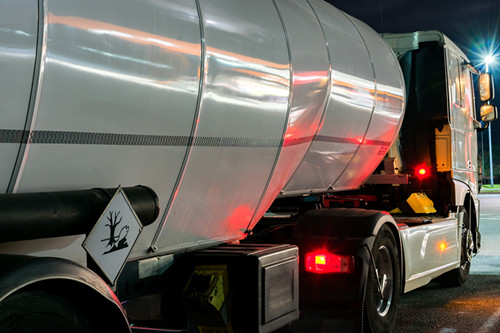In February 2024, the Shanghai Emergency Management Bureau and Shanghai Municipal Transportation Commission jointly published a notice to further advance the management of the "One Enterprise, One Product, One Code" Policy which requires stakeholders to establish a system to record the inventory of hazardous chemicals and affix QR codes before December 31, 2024.

Since 2024, hazardous chemicals meeting the scope of implementation will be assigned a QR code in Shanghai. Every product containing hazardous chemicals in all batches will be given a QR code which facilitates the traceability and storage of hazardous chemicals.
Implementation of QR Code:
Enterprises in Shanghai involved in the import, production, storage, operation, and use of hazardous chemicals, as well as those in the chemical and pharmaceutical industries, are all required to implement traceability (QR) codes. Enterprises involving the production, operation, and import of hazardous chemicals need to update their information on hazardous chemicals, maintain the QR code, and generate the QR code.
- Hazardous chemicals listed in the "Table of the Classification of Hazardous Chemicals" annexed to the "Guidance for the Implementation of the Catalog of Hazardous Chemicals (2015 Edition) (Trial)" should be assigned a QR code. Hazardous chemicals that meet the determinative criteria for hazardous chemicals but do not have specified names are not required to have a QR code;
- Hazardous chemicals produced, filled, repackaged, or relabeled within Shanghai should be assigned a QR code, except for those whose packaging specifications are less than 100 grams/milliliters. Hazardous chemicals transported via pipelines, oil tankers, chemical tankers for chemicals in bulk, and liquefied gas ships are not required to have a QR code;
- Imported hazardous chemicals that clear customs at Shanghai ports and circulate within Shanghai must be assigned QR codes once they enter the warehouses of licensed hazardous chemical businesses in the city (with storage facilities and warehousing), except for those used as raw materials by the business itself. Hazardous chemicals that are directly transported to other provinces or cities in China after customs clearance at Shanghai ports, or directly to local enterprises in Shanghai for their own production as raw materials, are not required to have a QR code;
- The QR codes should be affixed on the smallest external packaging of hazardous chemicals throughout the circulation stage. Hazardous chemicals transported in tank trucks can use virtual QR codes or print the QR code on the delivery order/booking order; and
- Enterprises importing hazardous chemicals are encouraged to give QR codes for imported hazardous chemicals. Enterprises that give QR codes for imported hazardous chemicals will be preferentially recommended to be added to the “white list” in which enterprises will enjoy a reduction or exemption of customs inspections.
If you need any assistance or have any questions, please get in touch with us via service@hfoushi.com.
Further Information
Shanghai Emergency Management Bureau

